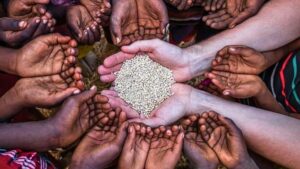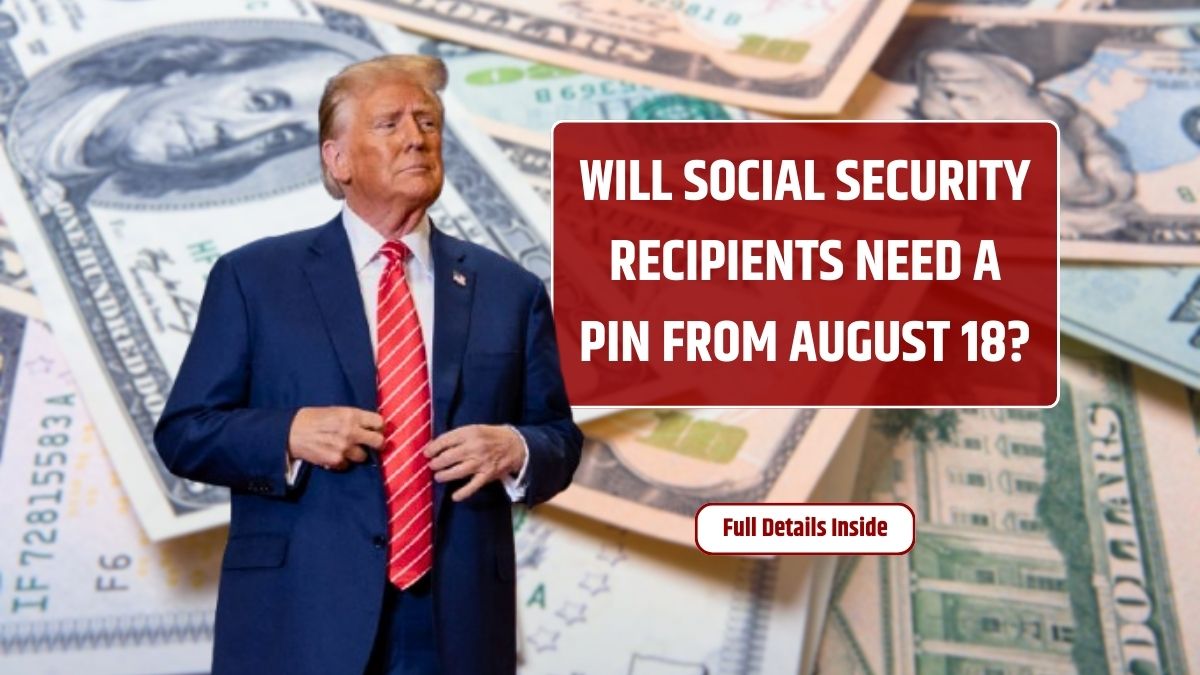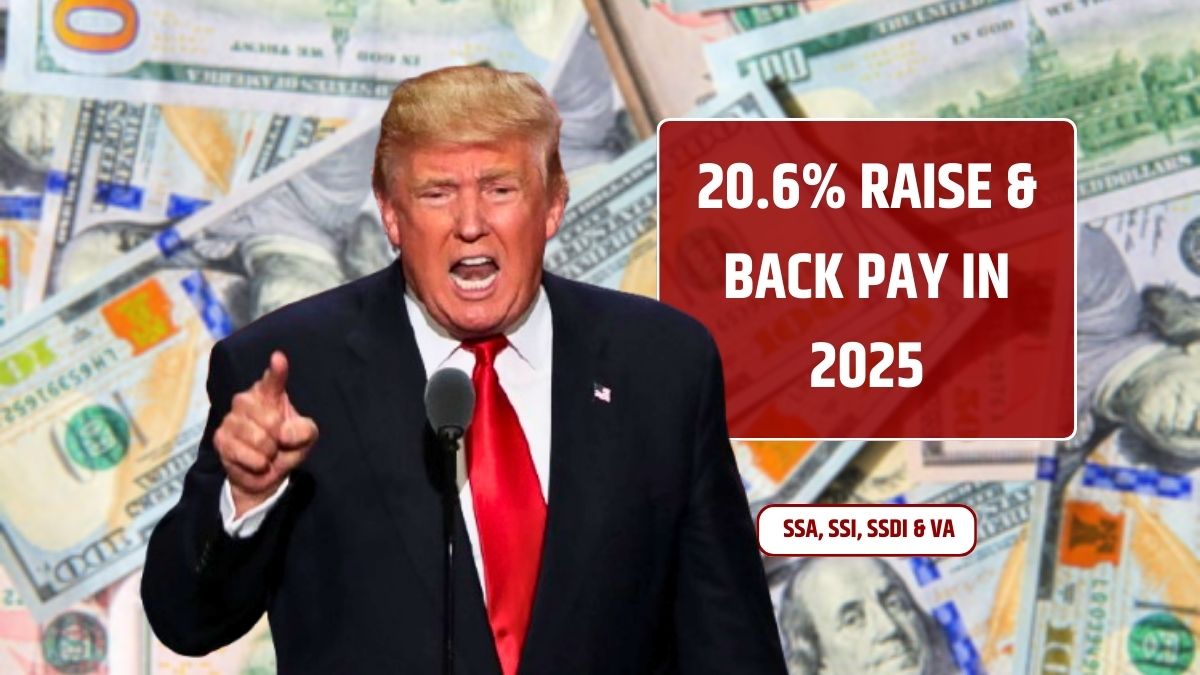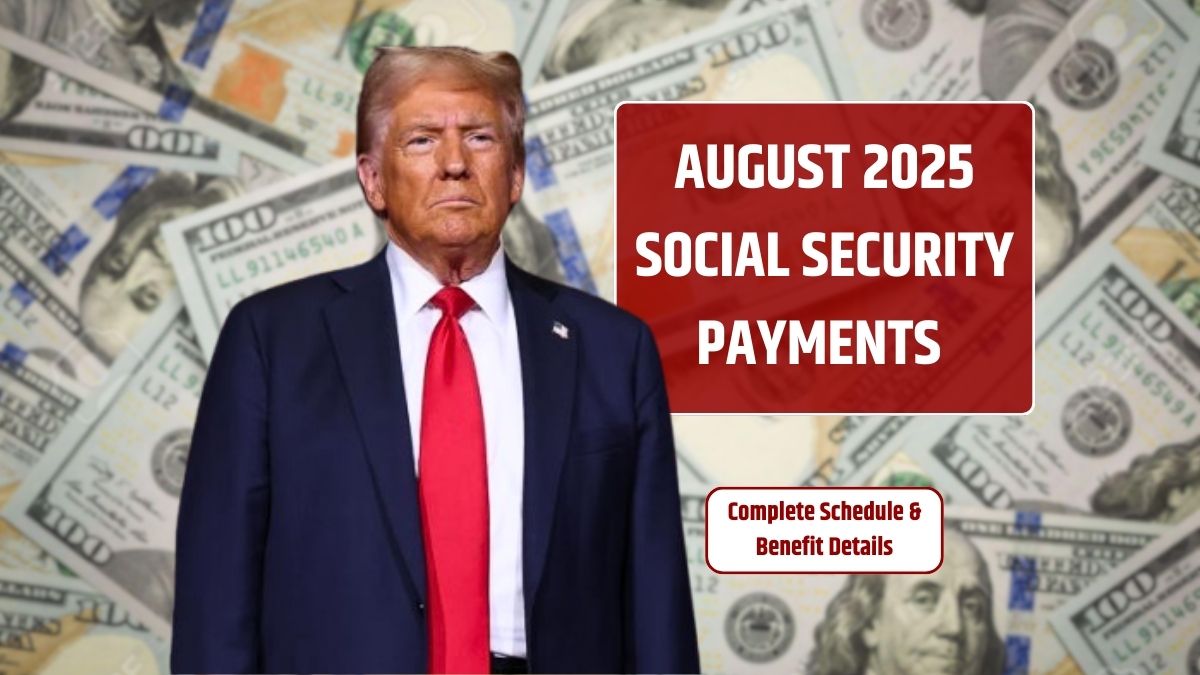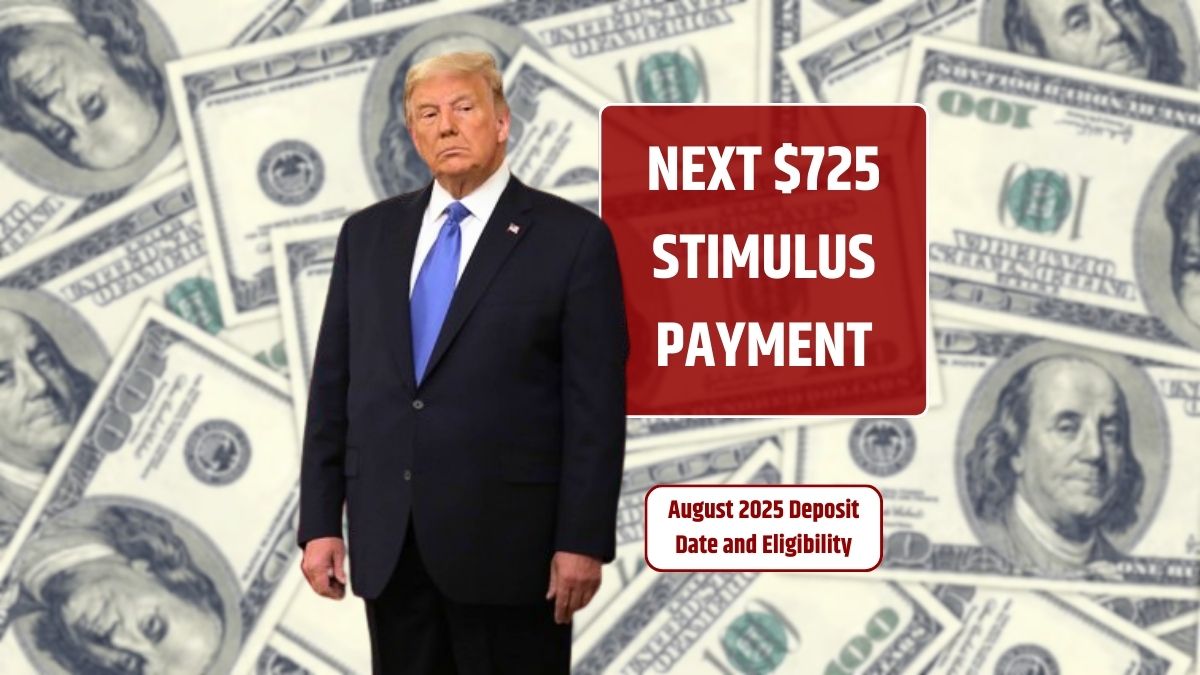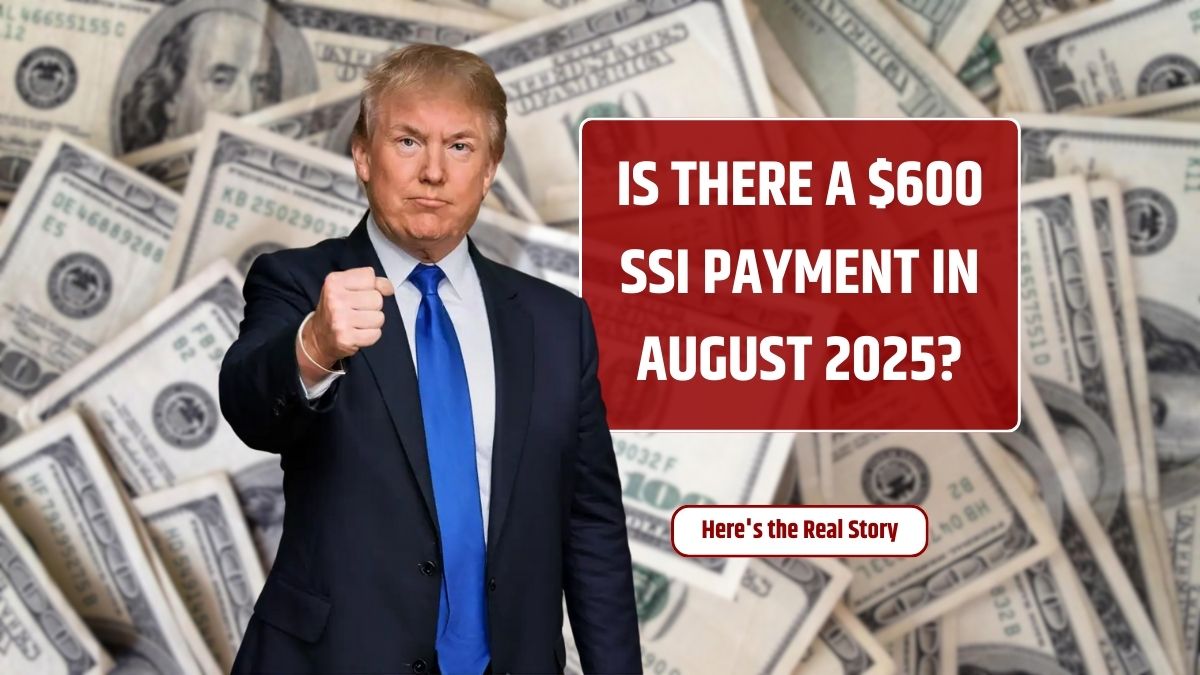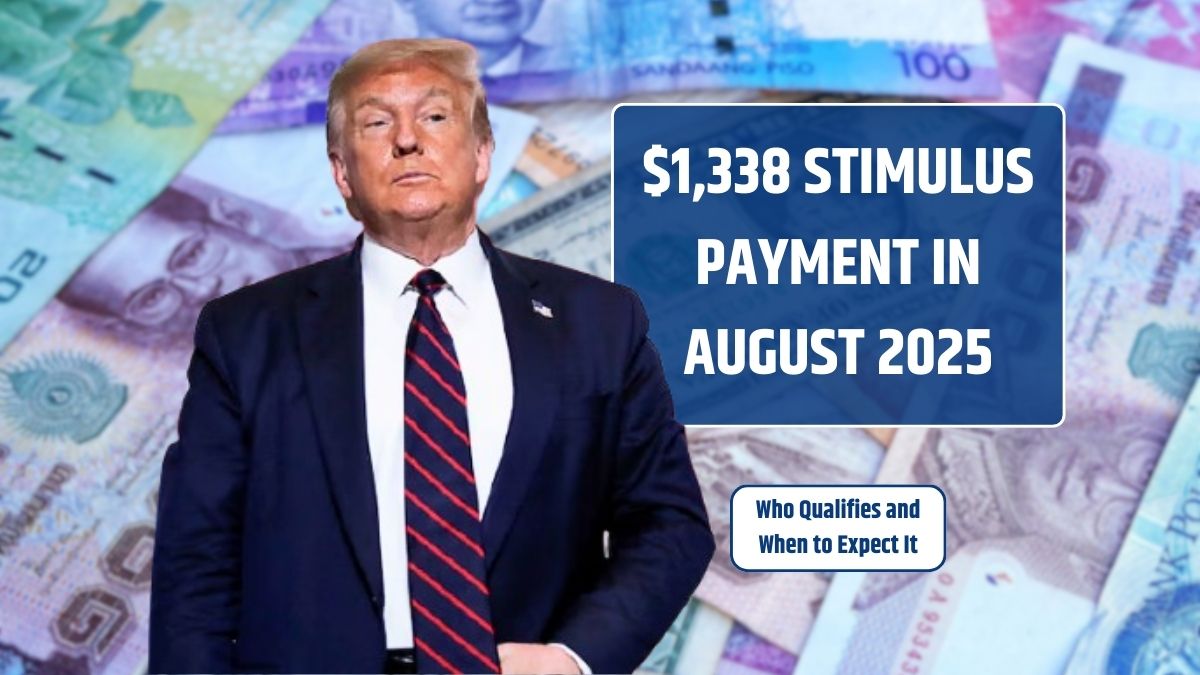U.S. global health programs have long been a cornerstone of American foreign policy, operated through a partnership between the State Department, USAID, and the CDC. These programs have tackled major public health threats like HIV, malaria, TB, and maternal and child mortality. But sweeping funding cuts, program freezes, and structural changes are now shaking that legacy—and putting millions of lives at risk globally.
Structure
Until recently, global health work was spread across three agencies:
- State Department: Manages global health diplomacy and oversees PEPFAR through the Bureau of Global Health Security and Diplomacy (GHSD).
- USAID: Ran the majority of bilateral global health programs, including TB, malaria, nutrition, and maternal and child health. It also handled much of PEPFAR’s fieldwork via funding transferred from the State Department.
- CDC: Focuses on technical and disease-specific support, including HIV, TB, and global health security, while also administering some of PEPFAR’s budget.
In FY 2025, U.S. global health funding reached $12.4 billion, supporting both bilateral and multilateral programs, including partnerships with the Global Fund and Gavi.
Disruptions
A string of policy moves from the current administration has caused major interruptions to global health efforts:
- Funding freeze: A stop-work order, part of a broader foreign aid review, froze nearly all bilateral global health programming. Programs at the Global Fund and Gavi were spared, but field operations came to a standstill. Implementing partners halted services, laid off staff, and paused outreach.
- Waivers: Some health services, such as PEPFAR, TB, malaria, nutrition, and maternal and child health, were allowed to continue under limited waivers. However, the rollout has been rocky. Delays in approvals and payments left many programs struggling to get back on track.
- USAID dissolution: The government has announced plans to permanently dissolve USAID, the primary implementer of global health aid. Its closure, along with cuts to the CDC, is reducing operational capacity and institutional memory.
- Canceled awards: 86% of USAID’s health-related awards—worth $12.7 billion—have been canceled. These include programs that had not yet begun or had unspent funding, leaving future implementation uncertain.
- Other executive actions: The U.S. has reinstated the Mexico City Policy, pulled funding from the UNFPA, and withdrawn from the World Health Organization. A separate review of international organization participation is underway.
Reorganization
The administration plans to move remaining global health responsibilities under the State Department’s GHSD. Key changes include:
- Abolishing USAID as an independent agency and removing most of its personnel.
- Transferring select health programs—like those focused on TB, malaria, nutrition, and maternal and child health—to GHSD.
- Restructuring GHSD into three branches:
- Health Programs: Includes supply chain and program transition.
- Health Policy and Diplomacy: Covers diplomacy and evaluation.
- Global Health Security: Focuses on outbreak response.
A recent announcement shifted GHSD’s reporting structure, removing it from direct oversight by the Secretary of State and placing it under the Undersecretary for Economic Growth, Energy, and the Environment.
Budget
The administration’s FY 2026 budget request proposes a $6.2 billion cut in global health funding. It also seeks to eliminate the CDC’s Center for Global Health, retaining only funding for global health security.
A rescission package proposed cutting $400 million from PEPFAR and $500 million from other global health efforts in FY 2025. Congress amended the plan, protecting funds for maternal and child health, TB, malaria, and nutrition—but cutting $500 million from family planning and related efforts.
What’s Next
The global health landscape is shifting fast, but several key factors remain uncertain:
- Foreign aid review: Results of the 90-day review, already extended, could bring more changes or reinforce current cuts.
- Reorganization logistics: It’s unclear how GHSD will manage a large portfolio of new responsibilities, especially with fewer federal staff and reduced field capacity.
- Leadership vacancies: Several top positions remain unfilled, including the U.S. Global AIDS Coordinator and U.S. Malaria Coordinator. The administration has not indicated if it plans to appoint replacements.
- Congressional oversight: Lawmakers may still intervene, seeking clarity and pressing for accountability as the administration reorganizes programs and reshapes U.S. foreign health aid.
The coming months will determine whether U.S. global health leadership continues—or fades into a shadow of what it once was.
FAQs
What agencies managed U.S. global health?
State Department, USAID, and CDC.
Why are U.S. global health programs disrupted?
Due to a funding freeze and USAID shutdown.
What is GHSD’s new role?
Managing all U.S. global health programs post-USAID.
Is CDC’s global work affected?
Yes, its Center for Global Health is being eliminated.
Will Congress approve health budget cuts?
Congress has already pushed back on some rescissions.




